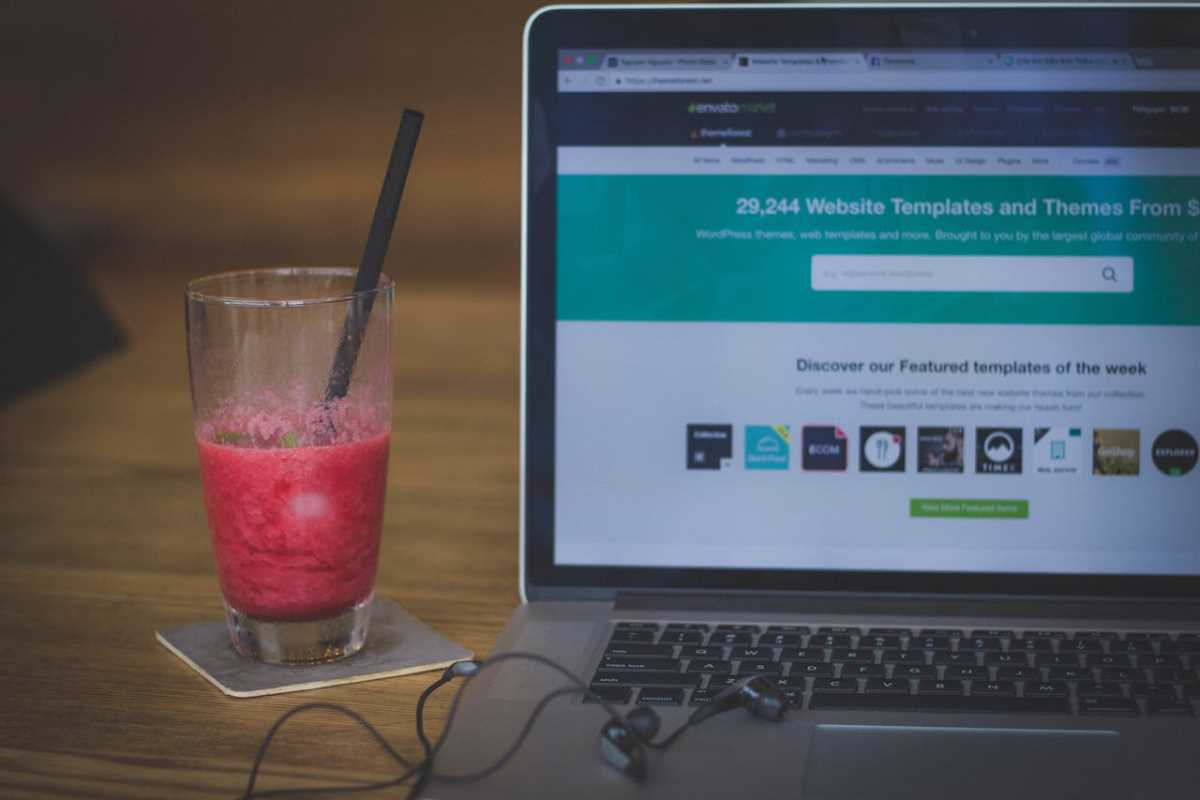Getting your online store noticed can feel like a huge challenge, but you have the power to make it happen. Think of Search Engine Optimization (SEO) as your friendly guide, helping customers who are looking for exactly what you sell find their way to your digital doorstep. It’s the art and science of making your store more visible on search engines like Google. This guide is here to walk you through the process step-by-step. We will explore simple, powerful strategies you can use to attract more visitors, build trust, and grow your sales. You’ve got this, and we’re here to help you shine online and master SEO for your online store.
Step 1: Understand the SEO Basics
Search Engine Optimization is the practice of improving your website to increase its visibility in search engine results. When you rank higher on pages for sites like Google, more people will see and click on your store. This leads directly to more website traffic and the potential for more sales.
Consider your own online shopping habits. You likely start with a search. Most people click on one of the first few results and rarely go to the second page. This is why SEO is so vital for your online business. It helps connect you with customers at the exact moment they are actively looking for your products. A strong SEO strategy is a long-term investment that builds a steady, reliable source of traffic for your store.
Step 2: Conduct Smart Keyword Research
Keywords are the words and phrases your potential customers type into search engines. Keyword research is the foundational step of any successful SEO plan. This process helps you understand the specific language your customers use, allowing you to align your content with their needs.
A key part of this is understanding search intent, which is the purpose behind a search query.
- Informational intent involves searches like "how to care for suede shoes."
- Commercial intent includes phrases like "best waterproof hiking boots."
- Transactional intent uses direct phrases like "buy women's size 8 running shoes."
Your product pages should target transactional keywords, while your blog can focus on informational ones. This strategy ensures you are meeting customers with the right message at every stage of their journey.
You can use various tools to find the right keywords. Start by brainstorming terms related to your products. Think like your ideal customer. What words would you use? Focus on long-tail keywords, which are longer, more specific phrases like "organic cotton baby onesie with snaps." These terms often have lower search volume but attract highly qualified buyers who know exactly what they want.
Step 3: Optimize Your Website's Pages
On-page SEO involves optimizing the individual pages of your online store. This process sends clear signals to search engines about your content, helping your pages rank for relevant keywords. It’s about making your site easy to understand for both search engines and human visitors.
Perfect Your Product Pages
Your product pages are crucial for converting visitors into customers. Make them as effective as possible with a few simple optimizations.
- Product Titles: Your titles should be clear and descriptive. Include your main keyword along with the product name, such as "The Voyager Laptop Bag - Vegan Leather Messenger for 15-inch Laptops."
- Product Descriptions: Write unique, engaging descriptions for every item. Weave your primary and secondary keywords into the text naturally. Focus on explaining the benefits and features that make your product special.
- Image Alt Text: Search engines cannot interpret images on their own. Alt text is a short, descriptive phrase that explains what an image shows. Use descriptive alt text for your product photos, like "Model wearing a navy blue linen midi dress."
Create Valuable Content
A blog is a powerful asset for any online store. It allows you to target informational keywords, attract new audiences, and establish your brand as an authority. Write helpful articles that solve your customers' problems. For instance, a store that sells gardening tools could create blog posts about "5 Common Mistakes New Gardeners Make" or "How to Choose the Right Pot for Your Plant." This approach builds trust and gives your site more opportunities to appear in search results.
Step 4: Improve Your Store's Technical SEO
Technical SEO deals with the infrastructure of your website. It ensures that search engines can easily crawl, interpret, and index your store. You do not need to be a web developer to manage the fundamentals. A technically healthy site offers a better user experience, which search engines reward with higher rankings.
Prioritize a Mobile-Friendly Design
More people now shop on their phones than on desktop computers. Your online store must be fully functional and look great on screens of all sizes. A site that is difficult to navigate on a mobile device will frustrate visitors and negatively impact your SEO. Most modern e-commerce platforms provide mobile-responsive themes, so be sure to select one for your store.
Increase Your Website's Loading Speed
Site speed is a critical ranking factor. A website that loads slowly creates a poor user experience and leads to higher bounce rates, where visitors leave after viewing only one page. You can use free tools like Google's PageSpeed Insights to test your site's speed. To improve it, you can compress your image files before uploading them and choose a reputable web hosting provider.
Step 5: Build High-Quality Backlinks
Link building is the process of acquiring links from other websites to your own. These links, called backlinks, are like votes of confidence. When another credible website links to your store, it signals to search engines that your content is valuable and trustworthy. This can significantly improve your site's authority and search rankings.
The goal is to earn links naturally by focusing on quality over quantity. One link from a respected site in your niche is more powerful than hundreds of links from irrelevant sites.
- Create Link-Worthy Content: The most effective way to get backlinks is to produce exceptional content that others will want to share. This could be a detailed guide, original research with interesting data, or a beautiful infographic.
- Collaborate with Industry Peers: You can partner with influencers or other businesses in your space. One common strategy is to write a guest post for their blog, which typically includes a link back to your website.
Your Path to SEO Success
Mastering SEO for your online store is an ongoing journey that requires patience and consistent effort. By focusing on these core steps, you are building a strong foundation for long-term growth.
Take it one step at a time. Every small improvement you make adds up to make a big difference. With this guide, you have the knowledge and tools to help your online store achieve the visibility it truly deserves.
 (Image via
(Image via





